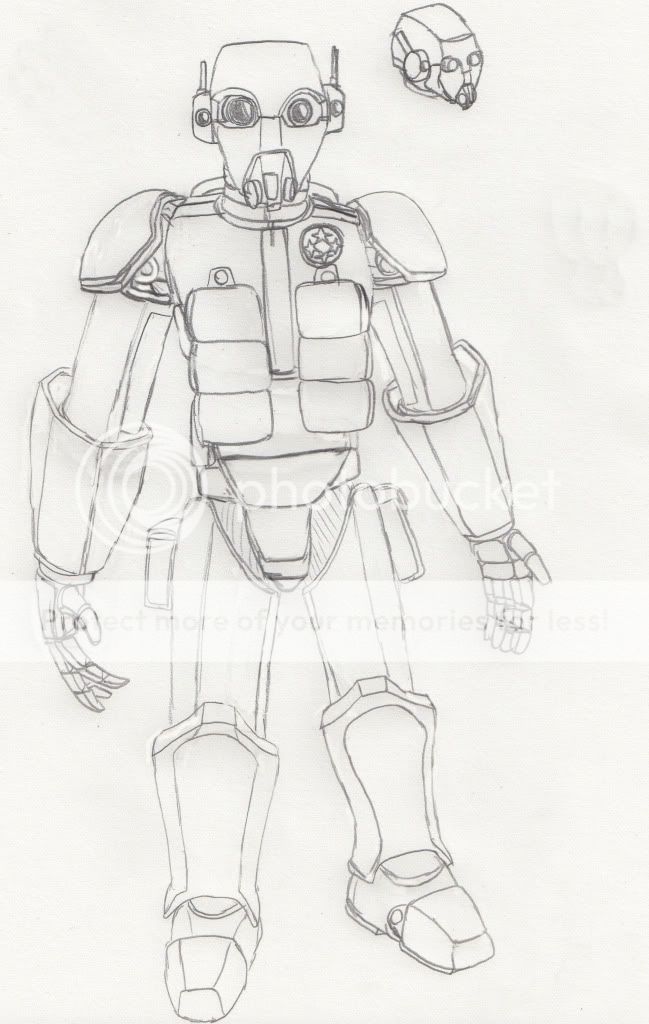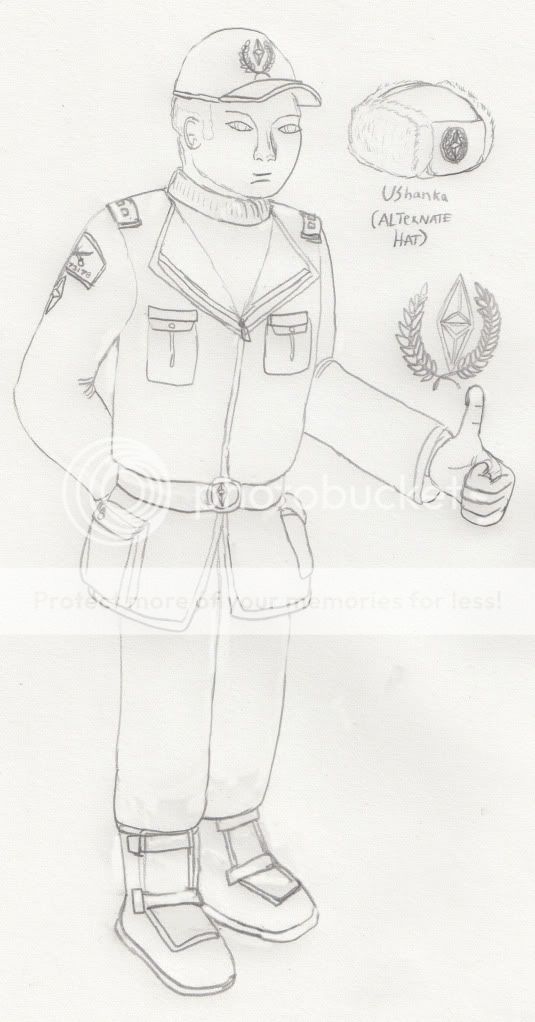Hapsburg
Banned
And swinging back towards combat uniforms.
Staff Sergeant of a Motorised Infantry Regiment.
While personnel of standard infantry brigades wear the white piping traditional for infantry regiments, and are composed of mechanised infantry equipped with IFV's, the infantry battalions organic to Panzer regiments are different. They are considered a part of the cavalry forces, along with armoured troops, and as such are motorised infantry units, with the traditional yellow piping of the cavalry. These units are equipped with motorcycles and rugged APC's to assist in the advance and protection of armoured vehicles.
This soldier is a senior NCO of one such battalion; he wears the cut-down M92 Combat Tunic that became popular in the highly mobile armoured forces, and rides an Z-31A Combat Motorcycle. While seemingly antiquated, motorcycles still have a place in the military as a fast, individual mode of transport for scouting and rapid forward movement; an important factor in armoured strike tactics.

Staff Sergeant of a Motorised Infantry Regiment.
While personnel of standard infantry brigades wear the white piping traditional for infantry regiments, and are composed of mechanised infantry equipped with IFV's, the infantry battalions organic to Panzer regiments are different. They are considered a part of the cavalry forces, along with armoured troops, and as such are motorised infantry units, with the traditional yellow piping of the cavalry. These units are equipped with motorcycles and rugged APC's to assist in the advance and protection of armoured vehicles.
This soldier is a senior NCO of one such battalion; he wears the cut-down M92 Combat Tunic that became popular in the highly mobile armoured forces, and rides an Z-31A Combat Motorcycle. While seemingly antiquated, motorcycles still have a place in the military as a fast, individual mode of transport for scouting and rapid forward movement; an important factor in armoured strike tactics.
Last edited:


